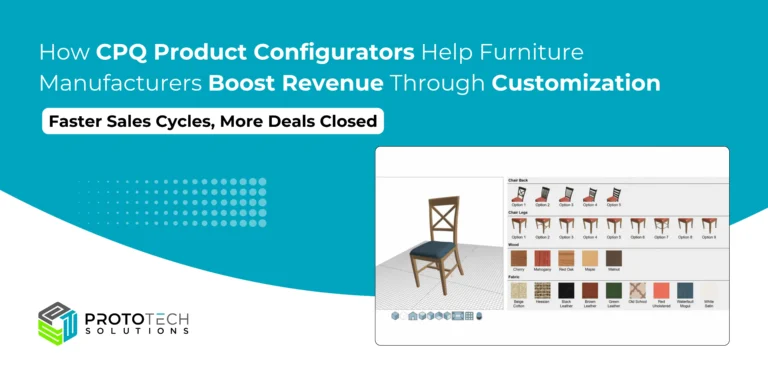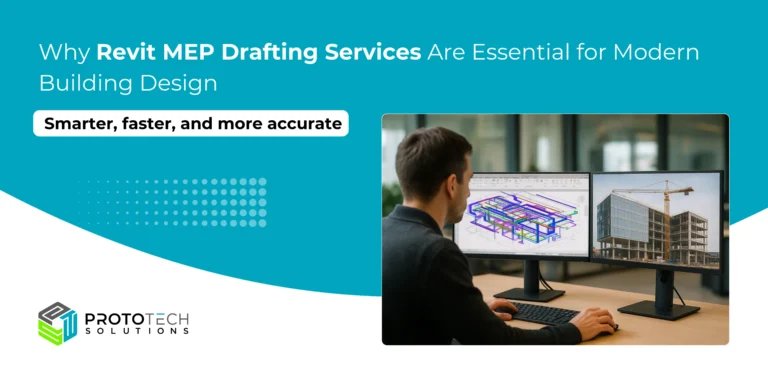Why Furniture Brands Are Investing in 3D Product Configurators in 2025

Furniture Market Size, Share, Industry Trends
The furniture industry encompasses the design, production, and distribution of a wide range of household and office furnishings, including items like beds, tables and desks, sofas and couches, chairs and stools, and cabinets and shelves. This sector has evolved significantly, transitioning from handcrafted methods to modern mass-production techniques.
The global furniture market has been experiencing steady growth, driven by factors such as increasing disposable incomes, urbanization, and evolving consumer preferences. In 2022, the market was valued at approximately USD 677.09 billion and is projected to reach USD 1,070.87 billion by 2030, reflecting a compound annual growth rate (CAGR) of 5.9% during the forecast period.
The market serves both residential and commercial sectors. The residential segment accounted for over 60% of the revenue share in 2022, driven by increasing demand for living room and bedroom furniture. The commercial segment is anticipated to grow at a CAGR of 6.2% from 2023 to 2030, fueled by demand from offices and the hospitality industry.
As consumer expectations continue to rise, furniture brands are turning to technology to stay ahead. One tool gaining traction in 2025 is the 3D product configurator. These interactive solutions give buyers the power to personalize designs, engage with products online, and make confident decisions, all without setting foot in a showroom.
But why exactly are these tools becoming such a priority? And how are they shaping the furniture industry? Here’s a closer look at why 3D product configurators are more than just a trend; they’re becoming a necessity.
What Are 3D Product Configurators?

A 3D product configurator is an interactive tool that lets customers customize products in real time. For furniture brands, this means shoppers can choose finishes, colors, materials, and even dimensions, all from the comfort of their devices. Think of it like designing a virtual version of your dream sofa before hitting “buy.”
If you’ve shopped for furniture online lately, you might’ve noticed something new: interactive, 3D models that let you spin, zoom, and even customize pieces before you buy.
These tools are typically integrated into an online store or app. They make the process of buying furniture more engaging by letting customers see exactly what they’re getting. For example, a shopper can tweak the wood type of a dining table, swap upholstery fabrics on a chair, or adjust shelf sizes on a bookcase, all while watching the changes happen instantly.
Shopping Has Changed—Big Time
Today’s consumers expect more than just quality products—they demand personalized experiences. The era of mass-produced furniture is fading, replaced by a growing appetite for customization. Shoppers want furniture that reflects their tastes, fits perfectly into their spaces, and aligns with their lifestyles. A 3D product configurator empowers customers to design their ideal furniture pieces by choosing colors, materials, dimensions, and features—all in real time.
Moreover, online shopping has become the norm. Research shows that 96% of Americans shop online, and furniture eCommerce accounts for 12% of total online sales in the U.S. However, buying furniture online has traditionally been challenging due to the lack of tactile experience and visual clarity. Static images and vague descriptions often leave customers uncertain about their choices. Enter the 3D configurator: it bridges the gap between in-store and online shopping by offering a dynamic and immersive experience.
Examples of 3D Product Configurators in Furniture
Furniture giants have already jumped on board. IKEA’s “IKEA Place” app lets customers visualize furniture in their homes using augmented reality, which is closely tied to 3D configurator technology. Similarly, brands like Joybird offer interactive tools where shoppers can customize sofas down to the leg style.
Key Results:
- 40% increase in customer engagement.
- 22% rise in conversion rates due to increased customization or visualization options.
- 56% reduction in returns related to size, color, or fit issues.
Smaller custom furniture brands are also adopting these tools. Companies specializing in made-to-order pieces often use 3D configurators to simplify complex ordering processes. Whether it’s a modular storage system or a bespoke dining set, shoppers can design exactly what they need without sifting through countless product options.
Why 3D Product Configurators Are Valuable for Furniture Brands

The growing interest in 3D configurators isn’t just about keeping up with technology. These tools deliver measurable benefits for furniture companies, from improved customer satisfaction to fewer returns.
- Reducing Returns, Happier Customers
Returns are a major pain point for online furniture retailers. Misjudging size, color, or style often leads to disappointment. But when customers can see an accurate representation of a product before they buy, they make more informed decisions.
3D configurators eliminate guesswork. Buyers can adjust dimensions to fit their space, match finishes to their existing decor, and ensure the piece aligns with their vision. The result? Fewer returns, more satisfied customers, and reduced costs for brands.
- Increased Sales and Conversion Rates
Interactive configurators create a sense of ownership among customers by letting them design their products. This emotional investment translates into higher conversion rates—brands using 3D tools report up to 40% better conversion rates compared to traditional methods
- Streamlined Sales Process
Configurators simplify decision-making for customers by presenting all options clearly and interactively. This reduces the need for back-and-forth communication with sales teams, speeding up the sales cycle and improving customer satisfaction
- Standing Out in a Crowded Market
The online furniture market is getting more competitive every year. Shoppers have endless options at their fingertips, making it crucial for brands to stand out. 3D configurators provide a unique selling point, offering a level of personalization that static product images can’t match.
By giving customers the ability to design their furniture, brands position themselves as innovative and customer-focused. This not only attracts attention but also builds trust—two things every business needs to succeed.
Why Now? Trends Driving Investment in 3D Product Configurators for 2025

Several factors are driving the widespread adoption of 3D configurators in 2025. From industry trends to technological advancements, these tools are becoming more accessible and more relevant.
- Technological Advancements: Improvements in rendering technology have made real-time customization smoother and more photorealistic than ever before.
- Augmented Reality (AR) & Virtual Reality (VR): Integration of AR/VR allows users to place virtual furniture in real-life spaces for better spatial understanding.
- Changing Market Dynamics: As competition intensifies in the e-commerce space, brands must differentiate themselves by offering innovative solutions that enhance customer experience.
- Sustainability Goals: Digital tools reduce waste associated with physical prototypes and allow manufacturers to produce only what is needed based on customer specifications, a win for both businesses and the environment.
Take the Next Step with ProtoTech Solutions
The results are clear: businesses leveraging 3D configurators experience up to 20x faster quote generation and significantly higher customer satisfaction. Empower your team with a solution that meets the expectations of today’s digitally savvy buyers, streamlining the purchasing journey and driving meaningful results.
At ProtoTech Solutions, we specialize in building custom 3D product configurators enhanced with AR/VR integration and tailored for global clients across industries. With our proven expertise, you’ll get a solution that not only meets your business goals but also drives measurable success.Let’s connect and explore how a powerful 3D product configurator for the furniture manufacturing industry can transform your sales process, elevate customer engagement, minimize waste from physical prototyping, and strengthen your competitive advantage.






